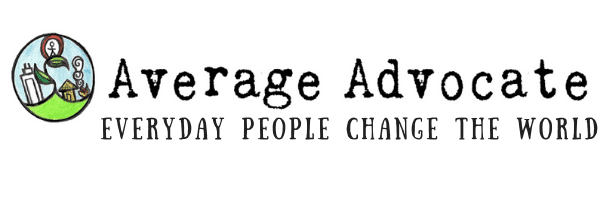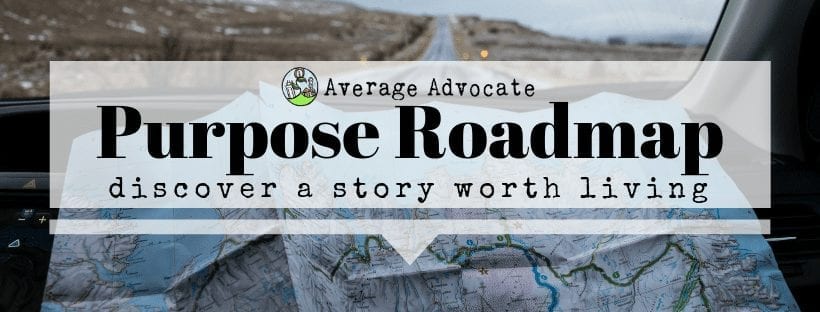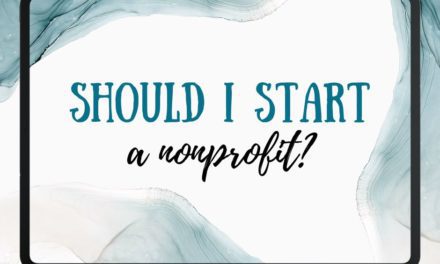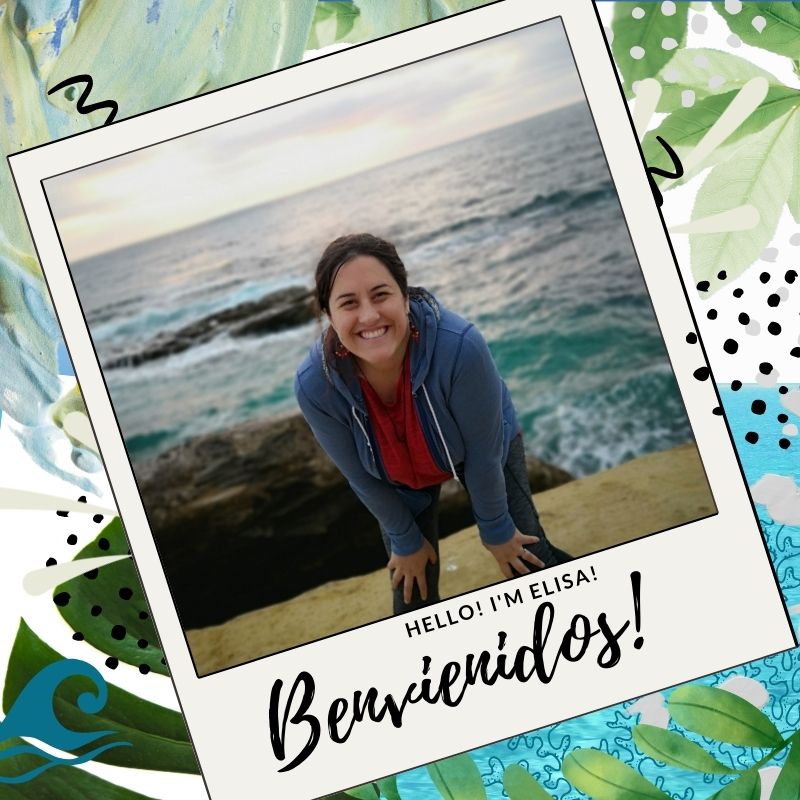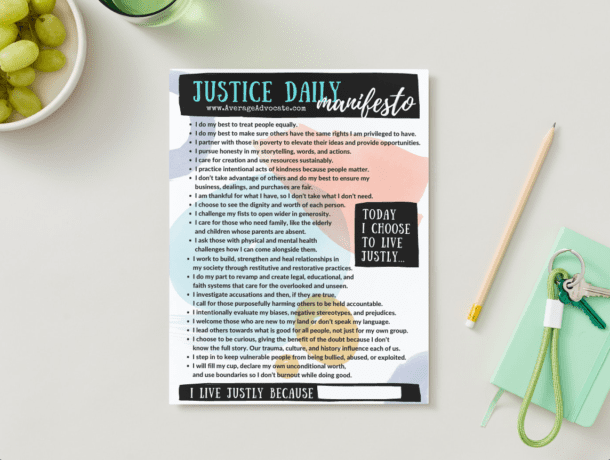Is it possible that not everyone shares the same level of beliefs you do for a cause you support? Too often activists and those striving to love others assume everything is black and white. But an important part of doing good advocacy work is recognizing that there is a spectrum of beliefs surrounding the social justice issue you care about. Recognizing this spectrum can be a huge asset when making a difference.
My example: women’s roles and the Spectrum of Belief
A few years back, I decided to delve into the justice issues surrounding women’s roles (which influence how people define their rights). As you can tell from this article, it wasn’t an easy change for me because of my upbringing in complementarian churches.
However, every resource I found on Christian views of women, from egalitarian to complementarian, were highly biased. This wasn’t necessarily bad, their purpose was to convince their readers of a side. Yet I was frustrated as that limited my ability to talk with other Christian women on this topic. Egalitarians tended to act like complementarians were idiots, and complementarians seemed to believe that all egalitarians were self-serving and unwilling to submit to God (and therefore men). In fact, as a complementarian, it felt almost wrong to even question this dynamic. And I came from a very liberal complementarian household! I could only imagine how difficult this theology would be to study if all the men in your life had always told you it was wrong to even study it!
Too often our perceptions and communication puts us in black and white boxes, like these:
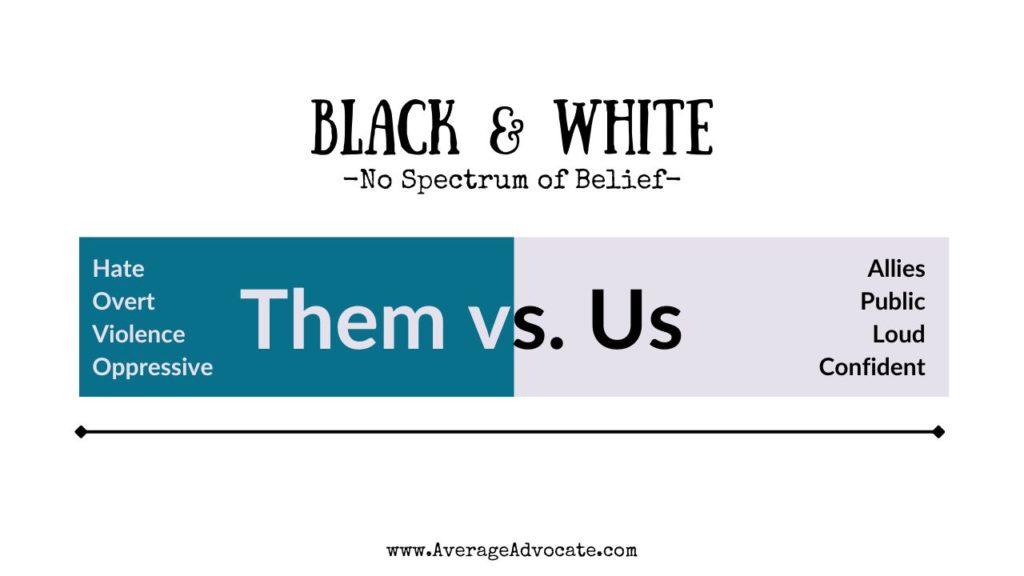
What happens when you meet at level three?
To study the identity of women in the Bible, I wanted to use something that wasn’t meant to convince, but give readers or small group participants a chance to think objectively and decide on their own theology. I also wanted people with different views to gather together and be able to consider each others perspectives. The goal was to see that they still held a common value–loving God–despite whatever side they fell on of the spectrum. Just because they came out believing different things, didn’t mean they were violently oppressed or stupid. Nor did it mean they were against all authority.
As we studied this resource, Kingdom Women, what happened? Although it was triggering and hard, it helped move all us in different ways in a spectrum of beliefs. We just needed a middle ground to meet in. On my below Spectrum of Belief graph, I call this space level three:

Over the course of the two years I studied this, I became a confident egalitarian. The was a definite change from where I started, at level two, distanced from the issue and not even knowing there was a need for change. If nothing else, it helped us each be present in level three together, where we could each see both sides and recognize there was some gray concerning various interpretations. Others didn’t move to the egalitarian side. And although I felt like they were missing out on a type of freedom, I was able to respect where they were at and they were able to respect where I was at. Why? Because we both sat together at level three and we knew what we could work together for–the freedom of other women on the far oppressive end of abuse.
Other reasons the Spectrum of Belief is vital:
Belief is not as always a straightforward “for” or “against.” Understanding we are on a spectrum of belief allows people to value two things at once, or as my therapists call it, a dialectic. For example, when it comes to women’s roles, I value both women and Biblical theology. For a long time, these values didn’t seem like they could work together. It took years for me to change my thinking. I needed the time because beliefs don’t change in a heartbeat, especially when your values feel like they are in tension.
Let’s give a little more grace to those learning. Maybe they aren’t where you are, but that doesn’t make them the enemy. Or what would happen if we allowed people to stay there, recognizing that sometimes it isn’t all or nothing, that there is a third option. I hope culture will change to allow us to feel allowed to be in the middle more often than it demands us to be, but that is another argument I’ll save for later.
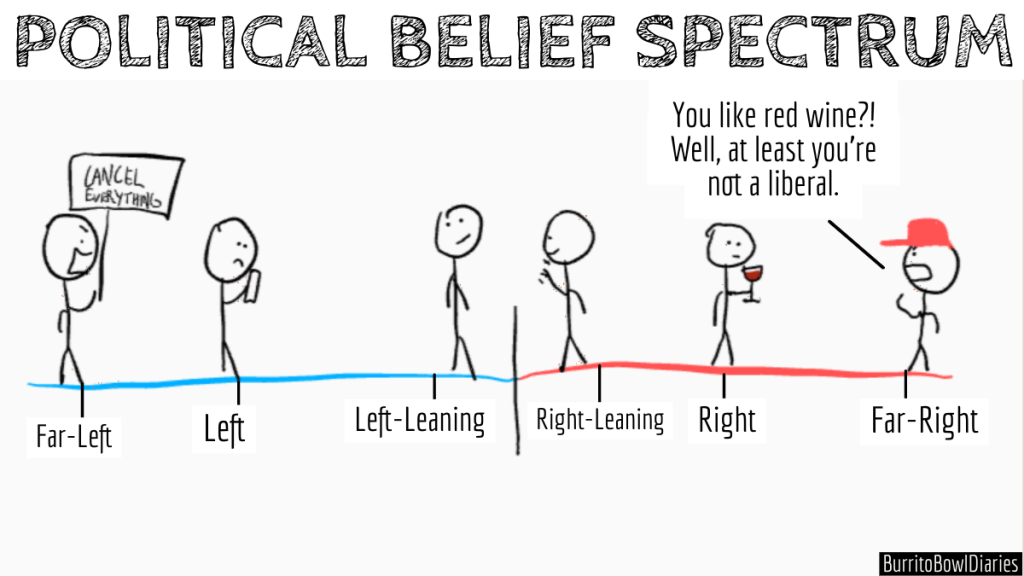
How can we use the Spectrum of Belief line graph for other social issues?
As you can guess, considering a spectrum of beliefs can be used with a wide variety of topics that people don’t agree on. Especially if they tend to demand a binary, such as COVID/masking, immigration, pro-choice/pro-life, LGBTQIA rights, critical race theory, and even just the wider categories of Left/Right political spectrum.
If I am honest, I thought I was a genius and came up with the idea of a Spectrum of Belief on my own. Then I ran across Burrito Bowl Diaries and he does a great job using it to talk about politics. (Ironically, he also thought he came up with it on his own–I guess great minds think alike!) I also found another author talking about a spectrum of belief considering the climate and the environment here.

But why is using the spectrum of belief an art of advocacy?
As you can see from my example above, I wouldn’t have been able to engage Christian women who had different views who disagreed unless I made a resource that connected them in the middle on something they both valued–Biblical theology. Coming together at level three is an excellent way to move people down the line of the Spectrum of Belief. In fact, I would argue that we rarely get people’s opinions to change unless we meet them in the middle of their spectrum of belief.
Mr. BurritoBowlDiaries gives a great example of the Spectrum of Belief when it comes to gender neutral bathrooms. He argues that unless we come to this level three, we have no reason to be listened to. He rightly calls this space our Circle of Influence. (See his post here and image below.)
“If we shoot down everyone who isn’t as woke as us, we’ll be left standing on a single rung ladder with nothing but empty space below us.”
Mr.BurritoBowlDiaries

We want people to join us as advocates. The truth is, if we want people to change their perspectives, we have to make it feel safe enough for them to do so. And that is why it is an art of advocacy, to become skilled at moving our conversations to meet people at level three, even if we are fully confident at level five. Let’s keep in mind that people are on a spectrum of belief. This keeps us from viewing them as the enemy or pushing them into the binary. It allows room for the third option, which helps us make a difference in more tangible ways. Begin considering the Spectrum of Belief when doing activism work, or even just while talking with people. You might be surprised with how much further you can engage!
